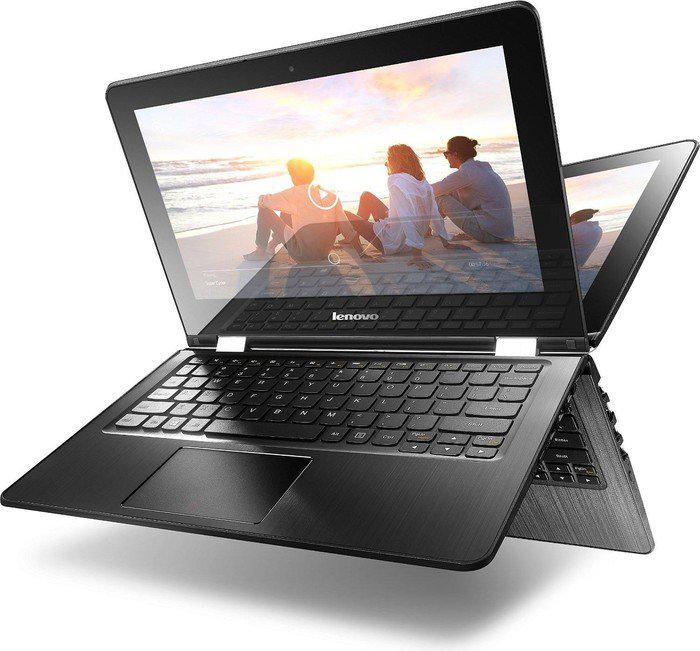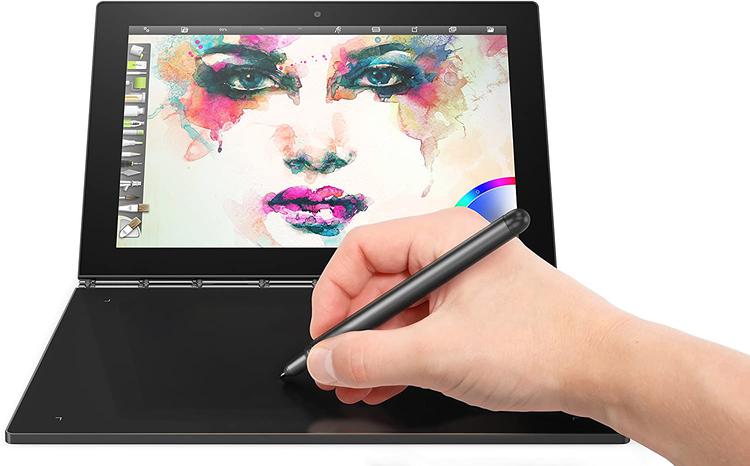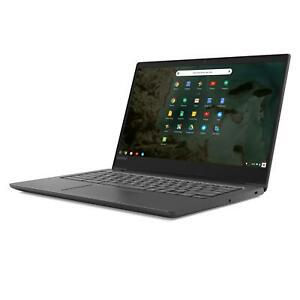Lenovo Ideapad 320 Intel Core i5 detailed review
As far as I can remember, the everyday laptop hasn't seen major changes in design or form factor for a very long time, and with good reason. Innovation comes at a price, and the budget-conscious buyer doesn't look for fancy tech in their everyday machine. However, they try to getting the most bang for your buck. That doesn't mean laptop makers aren't doing new things to excite people. In fact, we recently saw the Asus VivoBook S15, a 15.6-inch laptop in a 14-inch Case. It's a very good example of something unorthodox and new, but whether consumers will like it remains to be seen. In contrast, laptop makers like Lenovo are still doing the old-fashioned way, obviously with some tweaks. The latest 15.6-inch budget laptop range AKA the Ideapad 320 range is a more refined approach to the mainstream 300 series, but is it any good?
Specifications of our test machine
Display: 15.6 inch, 1920 x 1080pProcessor: Intel Core i5-7200URAM: 16GB Single Channel RAMStorage: 1TB Seagate 5400RPMGPU: NVIDIA GeForce 940MX 4GBOS: Windows 10Optical drive included
Build and Design: Updated appearance
As every year, Lenovo has also updated the design and looks of its laptops and the Ideapad 320 now seems to be a better version of the Ideapad 310. Gone is the two-tone exterior with non-glossy and scratchy plastic. Instead, you get a matte plastic chassis. The Ideapad 320 feels comfortable to the touch and is mostly well-made. However, there is noticeable sag in both the keyboard deck and lid. But compared to others Budget laptops this is better than most.
The Ideapad 320 is still as big and chunky as any other laptop in its category, but it looks slimmer from all angles. In reality, it's only 1mm thinner than the previous model, but the machine's length and height are the same. I'm skeptical on whether to call this machine evolutionary, but I'd say that at first glance the machine looks premium. I also like the fact that you get half a dozen color options on the Ideapad 320, although price-conscious buyers don't necessarily pay attention to colors.
While everything seems fine, there is a relevant price issue here. The issue is that the Ideapad 320 range starts at around 20K and at this price point this build quality is pretty good. However, the machine we are reviewing here is the Top of the range priced at Rs.65,990. Not only do you get better looking machines at this price point, you also get quality metal construction, and it's also from Lenovo themselves.
Display: Below average
While the build quality is certainly inferior to almost any machine you can get around the 65K price tag, the laptop's display is a mixed bag. It's a 1920 x 1080p display, which is a good thing, but with subpar viewing angles. You can only read text on this display without straining your eyes if you look directly at it. Also, the color reproduction is not very good and even a low display brightness does not help. With a total luminance of only 175 lux in the center, the brightness of the ideapad 320 even inferior to its predecessors. So if someone is looking for a machine to watch videos or just edit some pictures, skip this one.
The 180-degree hinge is still present this year and while it doesn't add any value to the overall package, some users may still like it.
Ports: Only the essentials
When it comes to I/O, Lenovo has stuck to the basics with the new IdeaPad 320. All connections have now been moved to the left side, only the DVD drive is on the right side of the device. So you get an Ethernet jack, two USB 3.0 ports, a microphone / headphone jack on the left side of the device combo, a USB 3.0 Type-C port, an HDMI port, and an SD card slot.The proprietary power connector is also on the left side, and like last time, the power brick is built right into the connector.
I would add that a ThunderBolt port would have been preferred over a USB Type-C port, especially at this price point.
Keyboard and touchpad: room for improvement
Lenovo continues to offer a satisfying keyboard experience for its mainstream laptops. The Ideapad 320's new layout is almost identical to what we saw last year, but with one important difference – the up and down arrow keys on the keyboard are now smaller and make way for a full-size right shift key.Lenovo continues to use an island-style keyboard with flat keycaps, and all keys have similar and linear pressure.The typing feel is fluid and we didn't find it tiring at all.The actuation point is decent for typing and each key makes a distinct clicking sound. The only feature someone buying a 65K machine would crave would be the keyboard backlight, which isn't there.

Below the keyboard is a large touchpad, with the left and right buttons now integrated into the touchpad itself. Like last year, it supports all Windows gestures, but pointer speeds are a bit slow out of the box. The interface is smooth, but not as smooth as a glass touchpad. The left and right buttons press with a clicking sound and don't require much force. Also, both buttons only work if you only press the bottom of the touchpad.
Performance: Nothing extraordinary
Our test unit was powered by the new Intel Core i5-7200U processor, which is one of the most popular processors at this price point. Lenovo combines this CPU with 16 GB DDR4 RAM and a discrete 4 GB NVIDIA GeForce 940MX GPU. On paper you see This combo looks really good and works just as well in real life. However, I found the 1TB 5400rpm hard drive to be quite slow for a 65kb priced machine. Aside from the slower hard drive speeds, the unit gives little to complain about, however. The laptop is nimble at all types of office tasks, from opening office documents and emails to using more multi-threaded workloads like encoding video files. When using the device as a Daily drivers with office apps, surfing, FHD video playback and frequent video conversion I had no problems.
The GeForce 940MX is not a very gaming friendly GPU and struggles to maintain frame rates above 20fps in games like Doom on Ultra settings. However, if you're into casual gaming and enjoy games like Dota 2, CS:Go, etc., then this computer has you covered preferably 60+ fps with high settings.Lenovo has also done a decent job with the cooling and I didn't notice any heating or major throttling problems even after long gaming sessions.
Audio quality through the two bottom-mounted speakers has improved over last year, but it still lacks quality and volume. There's decent stereo separation from the two bottom-mounted speakers firing at the user, but it still isn't near the audio output of a two-year-old MacBook Air archive.
Battery: Some improvements
Last year's IdeaPad 310
with its 7th Intel Core i3-7100U. This year the new Ideapad 320 also manages 4 hours of battery life with its hungry Intel Core i5-7500U processor and dedicated NVIDIA GPU. On top of that, this particular model also has a 1080p display it being a good improvement over its predecessor. However, considering how thin and light machines offer excellent battery life today, I believe that a larger 15.6-inch laptop should offer better battery life. Although there are some improvements , this mainstream laptop still has work to do.
bottom line
The Lenovo Ideapad 320 is more than an everyday work device. It has good overall performance, a decent keyboard, and decent battery life. However, given the higher price, Lenovo should pay more attention to the build quality and display and add at least a 7,200 RPM HDD.
Simply put, at an asking price of around 65K, it's not really the best value, even with its 7th Gen Intel Core i5 processor and dedicated GPU.
How it compares
Around the 65K price point you have a variety of options ranging from Lenovo's own slimmer and lighter Ideapad 520s, Dell's Inspiron 7000 series,
HP Pavilion X360
and more. All of this not only has better looks, it's also better built. In terms of overall performance and absolute specs, the Ideapad 320 stays on par with the competition, but the slower hard drive overshadows any points it made in performance and the winner is.
Basically, apart from 16GB of RAM, you can get almost the same hardware in an Asus laptop under 50k.





